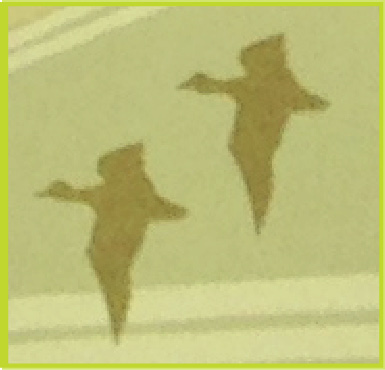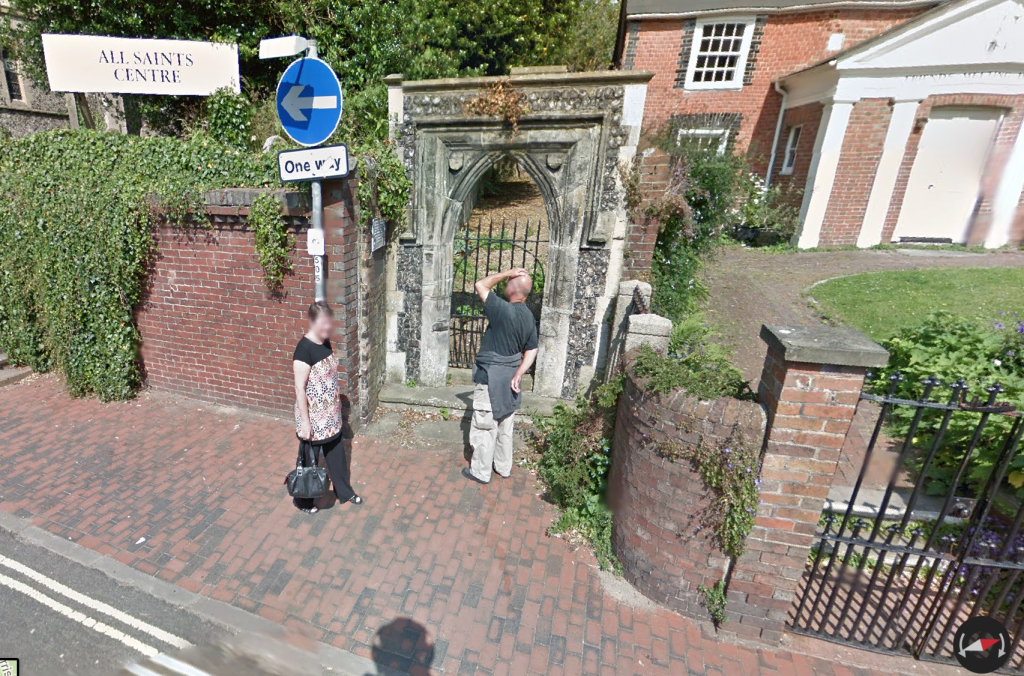[To Introduction to NEW PATHWAYS: A Psychogeography of Lewes, 2015]
 By Adam Whitehall
By Adam Whitehall
From Poe to Baudelaire, Benjamin to Woolf, Rebecca Solnit to Ian Sinclair, Robert MacFarlane to Olivia Laing, be they flâneurs, drifters, wayfarers, surrealists or deep topographers, operating as authors, artists or poets, each has followed the compulsion to improvise a walking of his or her city with the serious intent to follow wherever the path might randomly take them, to lose their way, and themselves. As G.K. Chesterton says, “see through the shining riddle of the street”, and thus create palimpsests of superimposed landscapes, alternate histories.
“…in Paris, in the early 1950’s, the Lettrist group developed the technique of ‘drifting’ [dérive] and ‘psychogeography’. Drifting was free-association in space. Drifters would follow the streets, go down alleys, through doors, over walls, up trees – anywhere they found desirable. Psychogeography was the correlation of the material obtained by drifting. It was used in making ‘emotional maps’ of parts of the city, and in other ways.” ― Patrick Keiller, The View From The Train: Cities & Other Landscapes
The game of the dérive is like a perception-altering machine; it gives the walker permission to misread, reinterpret, reframe, re-map. It is a technique of creative walking where our ‘mappenings’ trespass the mundane streets bringing into being new pathways, revealing portals and connections hidden in the everyday flow. The self is displaced by such walking, and thus more attuned to coincidence, or psychic phenomena. The actual psychogeography is the documenting in words, collage, and film, this journeying across a charted space-time: non-fiction perceived anew with surrealist insight. It is, in part, the record of any emotional imprinting onto place, a highlighting of the cracks in the fourth wall. Or it can simply be a movement through a space coupled with a different way of describing that space.
Rebecca Solnit tells us in Wanderlust: A History of Walking that, “The streets are repositories of history, walking a way to read that history” whilst Michel de Certeau reminds us that, “Places are fragmentary and inward-turning histories, pasts that others are not allowed to read, accumulated times that can be unfolded but like stories held in reserve, remaining in an enigmatic state, symbolizations encysted in the pain or pleasure of the body” (The Practice of Everyday Life). At heart the psychogeographer is politically engaged in a reclaiming of streets and walkways from the town planners’ blueprints, the banality of tourism and municipal architecture, and the control historians have over the stories and the telling of them.
In a way we’ve been practicing psychogeography ever since childhood, back when we defied the house laws of trespass and elected to circumnavigate our parents’ living room without touching the ground. As adult psychogeographers we walk as if somnambulist, asleep yet awake, notebook in hand, dreaming of adventures just around the next corner.
“The temptation, as ever, stood firm: to inflate a day’s wandering, out in the weather, into something that could be described as a “quest””
― Iain Sinclair, Lights out for Territories
To the Sitemappening
![]()

